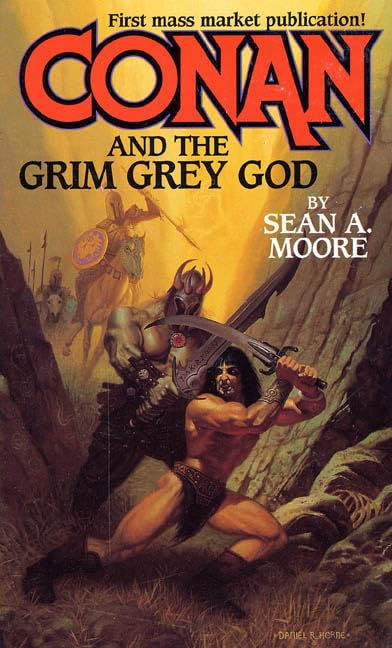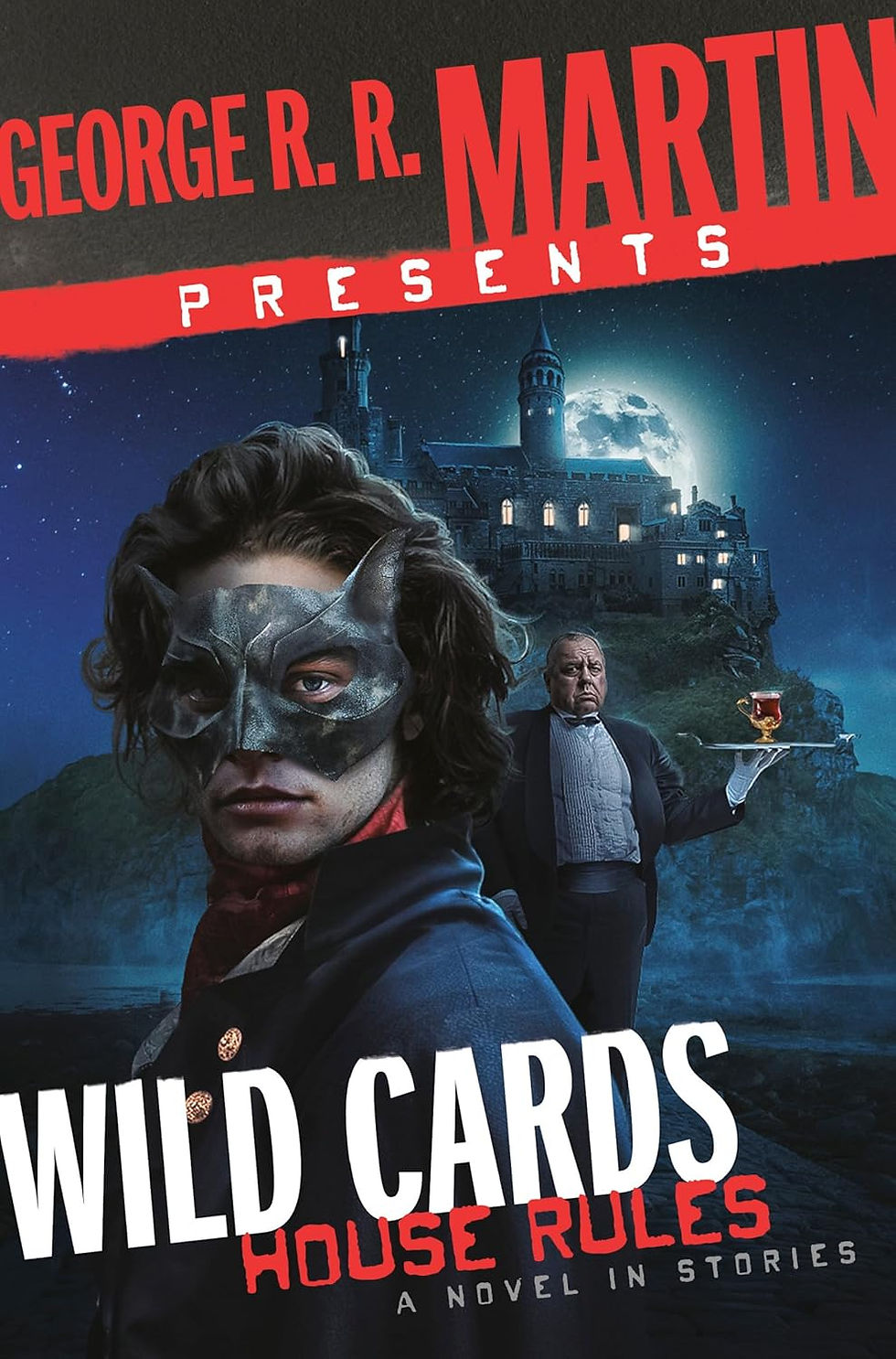Conan doesn't get the girl?
- Greg O'Driscoll
- Aug 19, 2025
- 4 min read
Updated: Aug 21, 2025
Conan the Champion
by John Maddox Roberts

Three non-Howard Conan franchise paperbacks from my recently purchased box of books, three reviews, and so far each book has been better than the last. I give Conan the Champion by John Maddox Roberts fairly high marks. Except for a few significant but intriguing deviations from the world-building established by Conan's creator, Robert E. Howard, this novel cleaves reasonably close to the tone, pacing, and grittiness of the original tales of everyone's favorite Cimmerian.
One of the rare stories with a single central female character, and even more rare Conan doesn't end up banging her. Alcuina, Queen of the Cambres, leads a tribe of what I would guess to be Aesir in a region near the uppermost tip of the Vilayet Sea. She was her father's only heir and finds herself caught between the fat and besotted King Odoac and the cruel but cunning kingdom-builder King Totila, a former outlaw with little royal blood but the backing of a Hyperborean sorcerer. Each king wants Alcuina to marry them so they may seize her lands and breed an heir of their own.
Conan washes up on shore after a shipwreck and soon finds himself wondering to which faction he should sell his sword. An overzealous follower of Odoac declares all goods from shipwrecks washed up along shore belong to his king, including live bodies such as the Cimmerian. Under the dubious protection of a seaside merchant, Conan is warned to not stray from the trading post or he will find himself sold to slavers. Chafing at the boredom of the merchant camp, Conan soon strays. Happening upon Alcuina and her warriors under attack by Odoac's men, the self-appointed slave catcher among them, Conan kills the braggart, but a later use of that favorite stock Conan enemy, the undead, ensures our hero has to kill the man yet again.
Iilma, Totila's sorcerer, summons most of the mystical threats, Alcuina's own mage being more of a hedge wizard or druid, only capable of countering or weakening Iilma's spells. Iilma first reanimates the dead warriors to send against Alcuina's stronghold of last resort. Later, he summons demons to abduct the young queen from her chambers. Unfortunately, the demons are the dumb kind, and Alcuina runs off first chance after being abducted to the spirit realm. This is where the deviation from REH's worldbuilding has me looking somewhat askance at the story.
While fleeing demons in the spirit world, Alcuina is captured by a band of elf-like hunters. They are old-style fey; beautiful, capricious, and cruel. They take Alcuina in but not to help her. The refugee queen soon finds herself bathed, "clothed" in gold and jewels and not much else, and used as the plaything of the elf-king's sister. It isn't so much the scenario that jars me out of the story. If it had been Zingaran bucaneers or Shemite nomads, Alcuina's plight wouldn't be all too different from that of other women in Conan's adventures. It is the inclusion of fey-type beings that seems out of place.
Robert E. Howard's Hyborian Age, even the other prehistoric eras where his non-Conan stories take place, has never featured anything like elves. The closest Howard ever approached such beings might be the subhuman little people dwelling in tunnels beneath mounds in stories such as The Children of the Night or The People of the Dark. Even then, they are only cited as being the origin of stories about fairies and goblins. The reality of them as a dwarfish and devolved race is quite another thing from what most fantasy readers think of as elves.
The cosmology of Howard's worlds tends toward the Lovecraftian. Huge, inhuman forces dwell in the Outer Dark, the rituals of their mortal slaves giving them access to our world so they might revel in madness, terror, and slaughter. Of the forces for good, there are a few mostly abstracted deities, such as Mitra and Ibis, called upon in time of need but rarely doing anything to stop the misshapen hell-spawned shadows that constitute the majority of gods in Conan's time. Which is all a way of saying that there isn't much room for elves in Howard's writing, good, bad, or indifferent. The so-called "elder races" in Howard's world-building are usually just as bad as the dark gods, being serpent men, gaunt and red-eyed giants, and the like.
Conan rescues Alcuina from the Getae as the fey are called and plants the seeds for their ultimate extinction by smashing a magic mirror that contains their power. No great loss, I say. Soon after Conan, Alcuina, and her hedge wizard return to the Hyborian realms for the final battle against Totila and Iilma. Things turn out well enough, and the battle between Conan and the sorcerer's demonic familiars is pretty good. Following the climax of the final battle, Conan the Champion ends with the abruptness of an old kung-fu movie, using less than a page of text to set Conan back on the road southward once the main villain is dead.
As an extra bonus before signing off, I found the Ken Kelly cover painting without the trade dress. Enjoy!




Comments